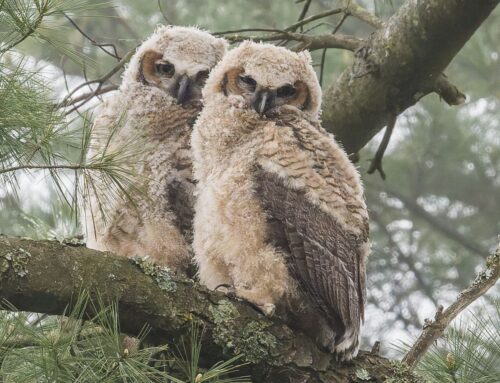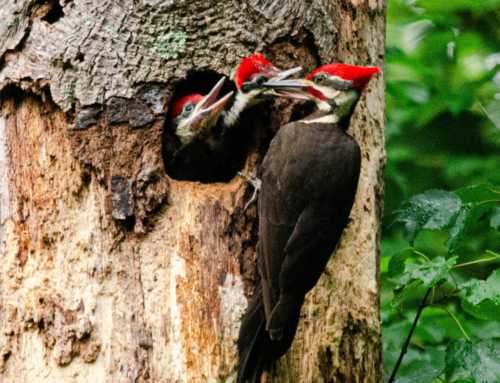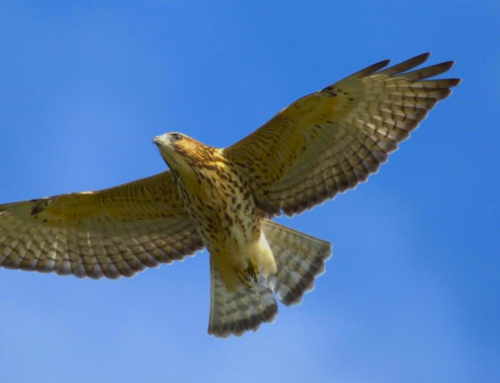The more time I spend visiting Tyler Arboretum, the more interesting “nuggets” of information I come across. For example, on the wall outside the Visitor Center is a sign that reads “Important Bird Area: This site is part of a global network of places recognized for their outstanding value to bird conservation.”
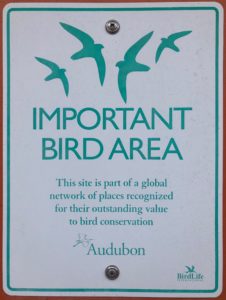
I immediately became curious – what does it mean to be an IBA? What does this designation mean for birds – and for Tyler? My Google searching led me to find the answers I was looking for!
As stated on Tyler’s website, the National Audubon Society oversees the Important Bird Areas Program.
“Important Bird Areas, or IBAs, are sites that provide essential habitat for one or more species of bird. IBAs include sites for breeding, wintering, and/or migrating birds. IBAs may be a few acres or thousands of acres, but usually they are discrete sites that stand out from the surrounding landscape. IBAs may include public or private lands, or both, and they may be protected or unprotected.” — from What Is An IBA?
There is also a video produced by Audubon that offers background about the program and highlights state, regional, and national conservation activities.
The IBA Program has an impressive, interactive website that allows the user to search by state and/or through an interactive map. I quickly found the information for Pennsylvania’s Important Bird Areas Program.
“Formed in 1996, Pennsylvania developed the first statewide Important Bird Area (IBA) program in the country. A group of scientific advisors (known as the Ornithological Technical Committee) has identified over 80 IBA sites encompassing over two million acres of Pennsylvania’s public and private land. These areas include migratory staging areas, winter roost sites and prime breeding areas for songbirds, wading birds, and other species. Pennsylvania is making an important contribution to the conservation of bird habitat in the western hemisphere. Penn’s Woods are critical to many interior forest birds, providing nesting habitat to 17% of the world’s scarlet tanagers and 9% of the wood thrushes. By focusing attention on the most essential and vulnerable areas, the IBA program helps to promote proactive habitat conservation, benefiting birds and biodiversity. Audubon Pennsylvania works with a multitude of partners across the Commonwealth to advance the conservation of Important Bird Areas.” — from PA’s Important Bird Areas Program.
I was then able to drill down and found Tyler Arboretum on their map as part of a larger area designated as the Upper Ridley/Crum Site.
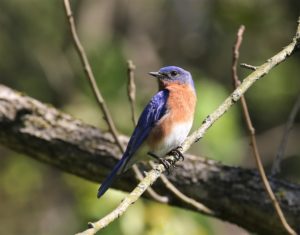
Site Description
The Upper Ridley/Crum Important Bird Area includes Ridley Creek State Park, Tyler Arboretum and a vast expanse of primarily private land north of Route 3. Other publicly-accessible sites include Willistown Township’s Okehocking Preserve (Route 3 and 926), and several preserves owned by the Willistown Conservation Trust.
Ornithological Summary
The site is significant for its use during migration and the nesting season. As a large patch of green in a fully suburbanized region, the IBA acts as a vital stopover site for many species of neotropical migrant songbirds. Several woodland species of concern stay for the summer and nest within the IBA, including Kentucky warbler, hooded warbler and wood thrush. Grasslands and agricultural fields in the IBA provide stopover habitat for bobolinks and nesting habitat for a few eastern meadowlarks.
The Audubon Pennsylvania website has even more information specific to Pennsylvania about the IBA program, along with some helpful responses to IBA FAQs and a complete, detailed site profile for Upper Ridley/Crum.
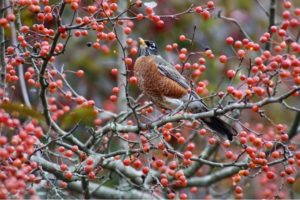
My investigation into the IBA program has given me an even greater appreciation for the role Tyler plays in biodiversity and conservation of our avian population. For some more information on the diversity of bird species you can see at Tyler, we go to Sarah Boucas Neto, who leads weekly bird walks at the Arboretum.
“We have breeding Baltimore and orchard orioles in the larger trees surrounding the open fields,” she writes, “as well as field sparrows and indigo buntings.”
And that’s just the fields! Sarah also shared that you can find breeding populations of acadian flycatchers, scarlet tanagers and ovenbirds in the woods. There are Louisiana waterthrush that breed by the creek, and even some wood thrush, a species which is considered ‘Near Threatened’.
All together it can make for some exciting bird walks! So grab your binoculars and come on out for a walk to see what you can find.




